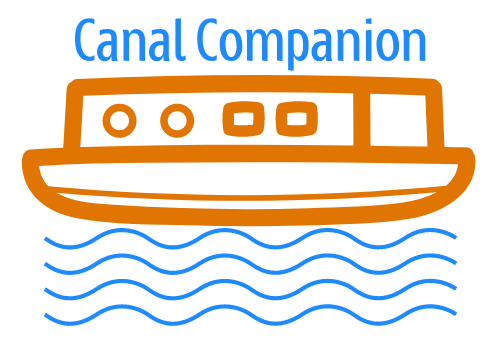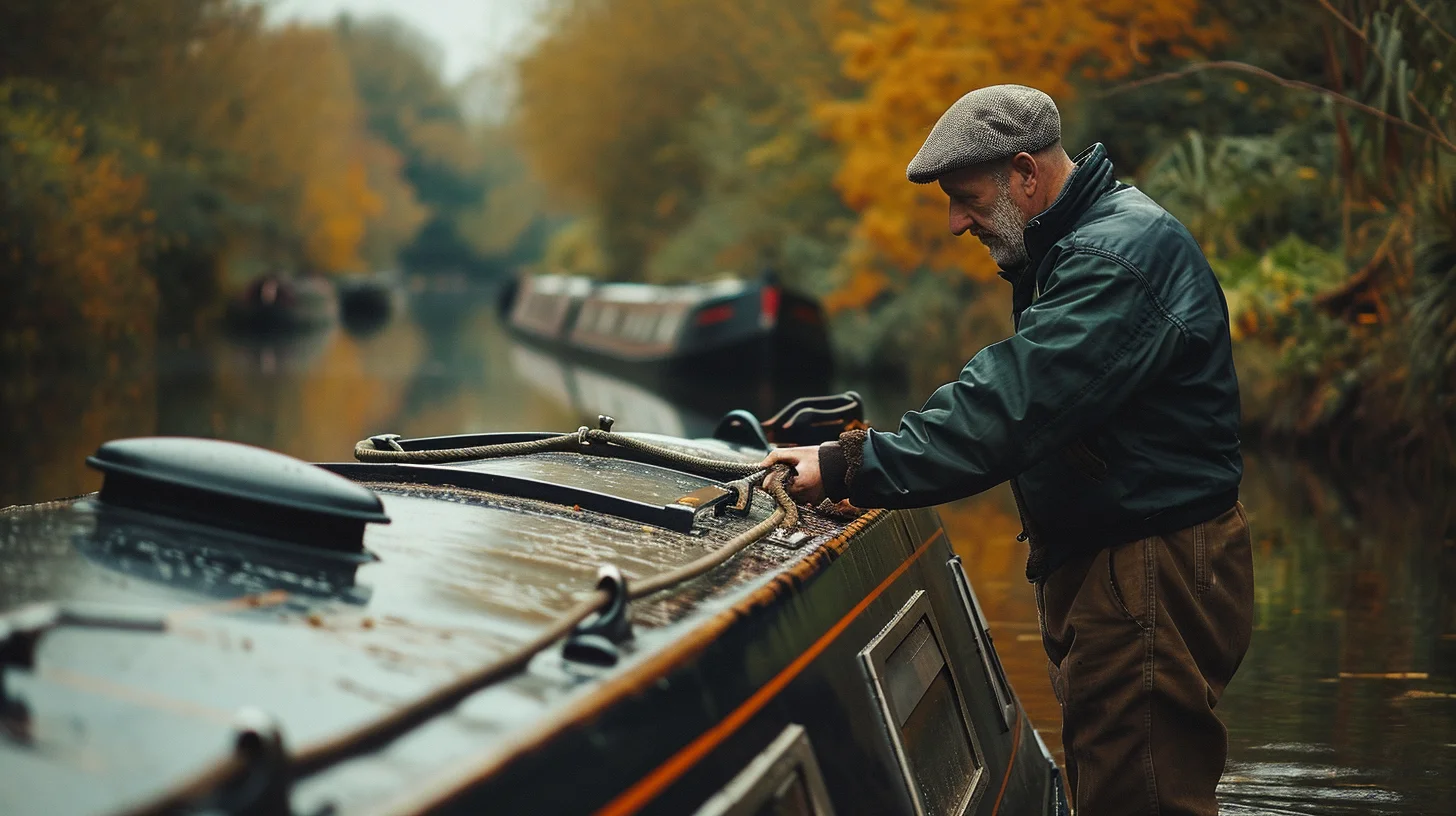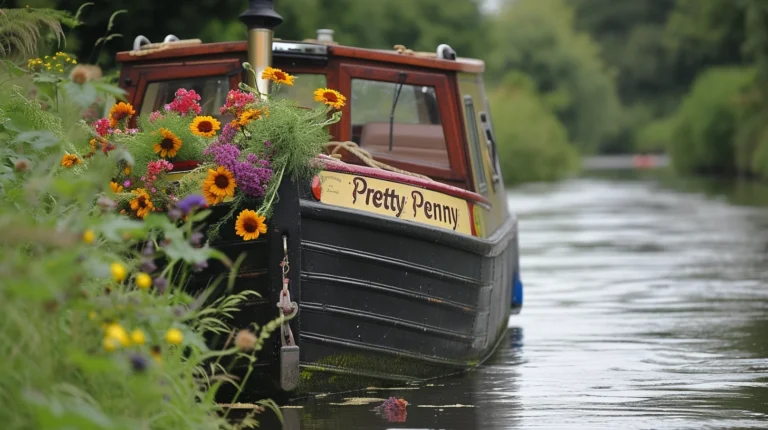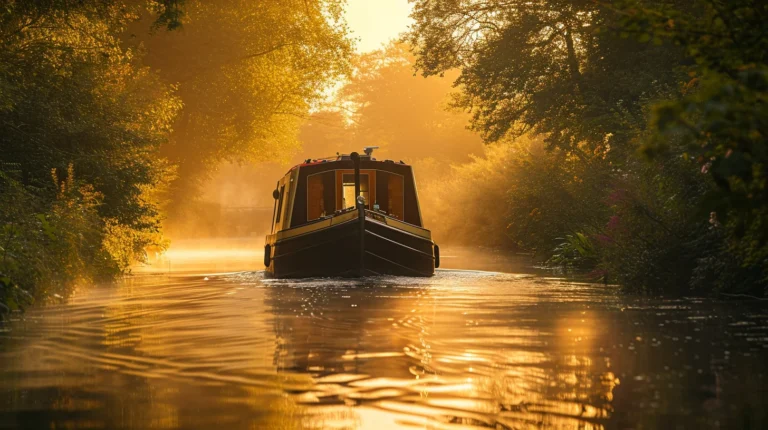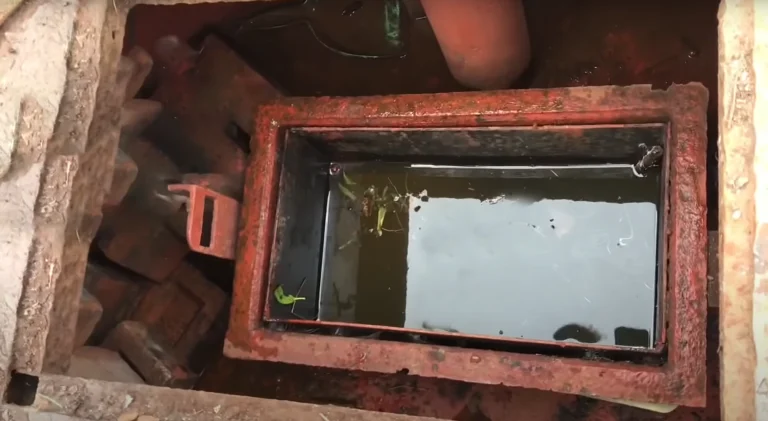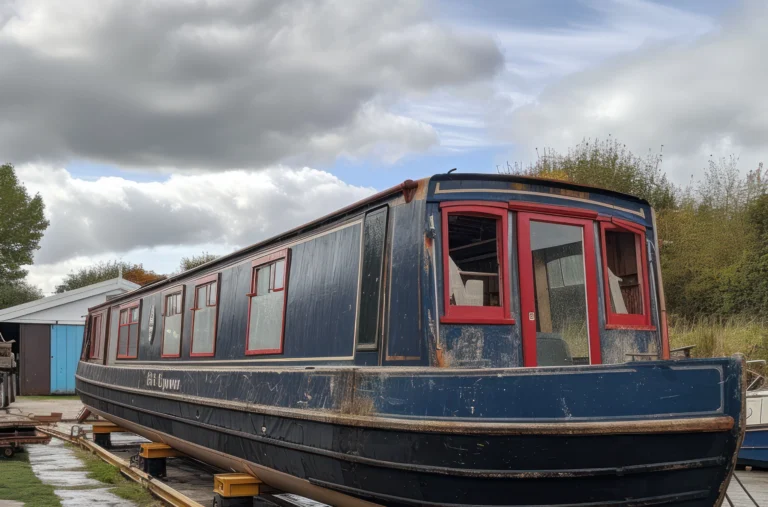What are the Basic Skills Required to Operate a Narrowboat?
Operating a narrowboat, which is typically used on canals and rivers, requires a set of specific skills to ensure a safe and enjoyable experience. These skills encompass not only the handling of the boat itself but also an understanding of the waterways, safety protocols, and maintenance.
This article won’t teach you how to carry out the skills that we cover in this article, for that, we recommend attending a course such as this Inland Waterways Helmsman’s Course.
That being said – here are the skills that we think all narrowboat users should possess!
Understanding of Narrowboat Mechanics
- Engine Operation: Knowledge of how to start, run, and stop the engine is crucial. This includes understanding throttle control and the cooling system.
- Steering Mechanisms: Learning how to steer a narrowboat, which is different from cars or other vessels, is essential. This includes understanding the tiller or wheel and how the boat responds to steering inputs.
- Basics of Boat Maintenance: Regular checks on the stern gland, weed-hatch, engine, oil levels, cooling system, and battery are necessary. Understanding basic troubleshooting for common mechanical issues is also important.
Manoeuvring and Boat Handling
- Slow Speed Manoeuvring: Due to their length and narrowness, narrowboats require skilful handling, especially at slow speeds in tight spaces.
- Turning and Reversing: Mastering how to turn the boat in a restricted canal and how to reverse effectively.
- Mooring and Casting Off: Learning how to tie and untie the boat securely, including the use of ropes and knots.
Navigation Skills
- Reading Waterway Signs: Understanding signage along canals and rivers, such as speed limits, directions, and warnings.
- Lock Operation: Knowledge of how to safely operate locks, including opening and closing gates and paddles, is critical.
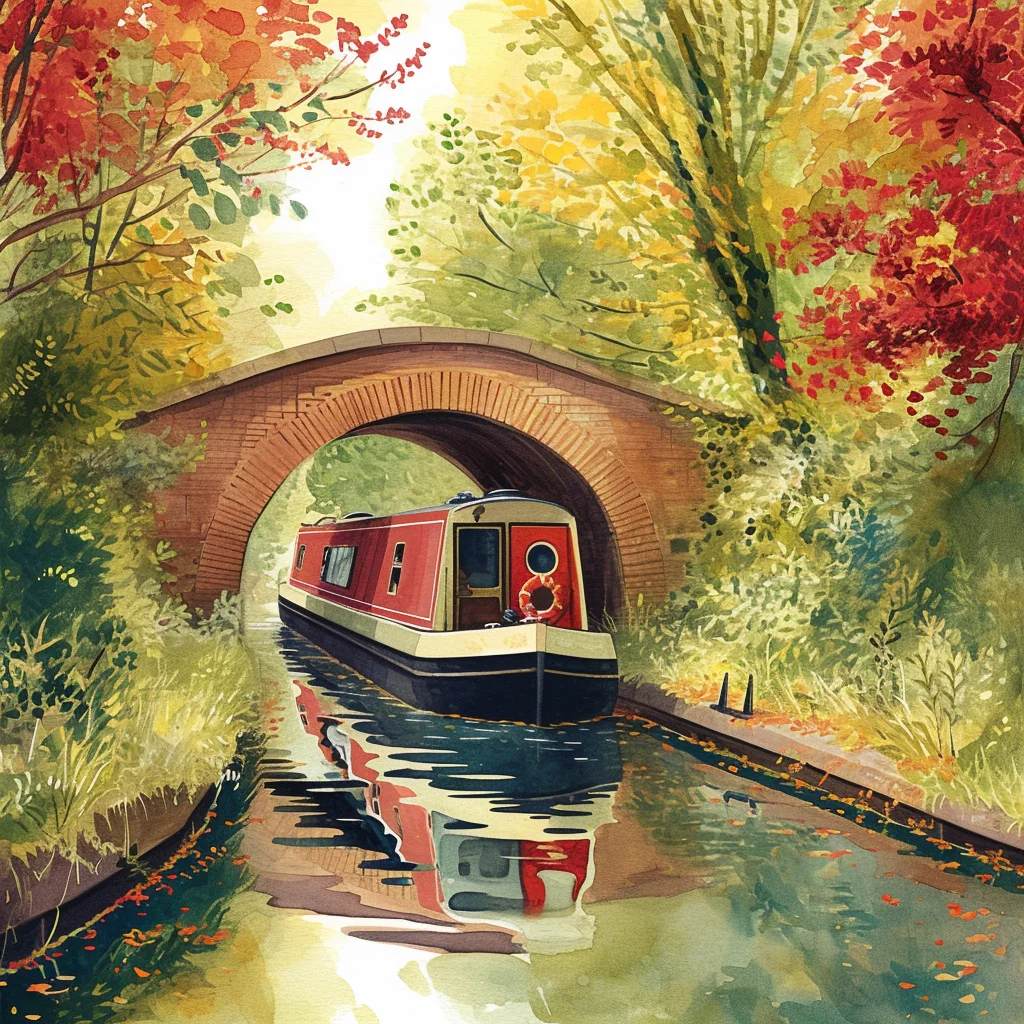
- Bridge Handling: Knowing how to navigate under bridges, including assessing height and width constraints.
Safety Knowledge
- Water Safety: Understanding the risks associated with water and how to minimize them, including swimming skills and knowledge of what to do if someone falls overboard.
- First Aid and Emergency Procedures: Basic first aid knowledge and understanding of emergency procedures on board.
- Fire Safety: Knowledge of fire prevention and how to use fire-fighting equipment like extinguishers and fire blankets.
Environmental Awareness
- Respect for Nature: Understanding the importance of preserving the natural environment around waterways.
- Waste Disposal: Knowledge of proper waste disposal methods to prevent pollution.
- Awareness of Wildlife: Being mindful of the impact of boating on local wildlife and habitats.

Communication and Planning
- Route Planning: Planning routes considering the boat’s size, water levels, and operating hours of locks and bridges.
- Weather Awareness: Monitoring weather conditions and understanding how they affect water levels and boating safety.
- Communication Skills: Effective communication with other boaters, lock keepers, and canal staff.
Legal and Regulatory Knowledge
- Boating Laws: Understanding the legal requirements for operating a narrowboat, including licensing, insurance, and boat safety certificates.
- Speed Regulations: Adhering to speed limits and understanding the impact of boat speed on canal banks and other water users.
- Right of Way Rules: Knowing who has the right of way in different boating scenarios.
Personal Skills and Qualities
- Patience and Calmness: Operating a narrowboat often requires patience, especially when dealing with challenging manoeuvres or busy waterways.
- Problem-Solving: Ability to quickly assess and respond to unexpected situations or challenges.
- Physical Fitness: Some level of physical fitness is required for handling ropes, operating locks, and general boat maintenance.
Community Etiquette
- Respect for Other Boaters: Understanding canal etiquette, such as noise levels, passing rules, and mooring practices.
- Supporting the Boating Community: Engaging with and supporting the local boating community, including sharing knowledge and experiences.
Continuous Learning Skills
- Ongoing Education: Boating skills and knowledge are continually evolving, so a commitment to ongoing learning is important.
- Practical Experience: Regularly spending time on the water is the best way to improve and maintain skills.
Operating a narrowboat requires a blend of technical knowledge, practical skills, and personal qualities. While some aspects might seem daunting at first, most of these skills can be developed over time with practice and experience. Whether it’s for leisure or a lifestyle, the journey of mastering narrowboat operation is highly rewarding and opens up a whole new way to explore the beautiful British countryside!
Thanks for reading! Why not visit our shop before you go?
